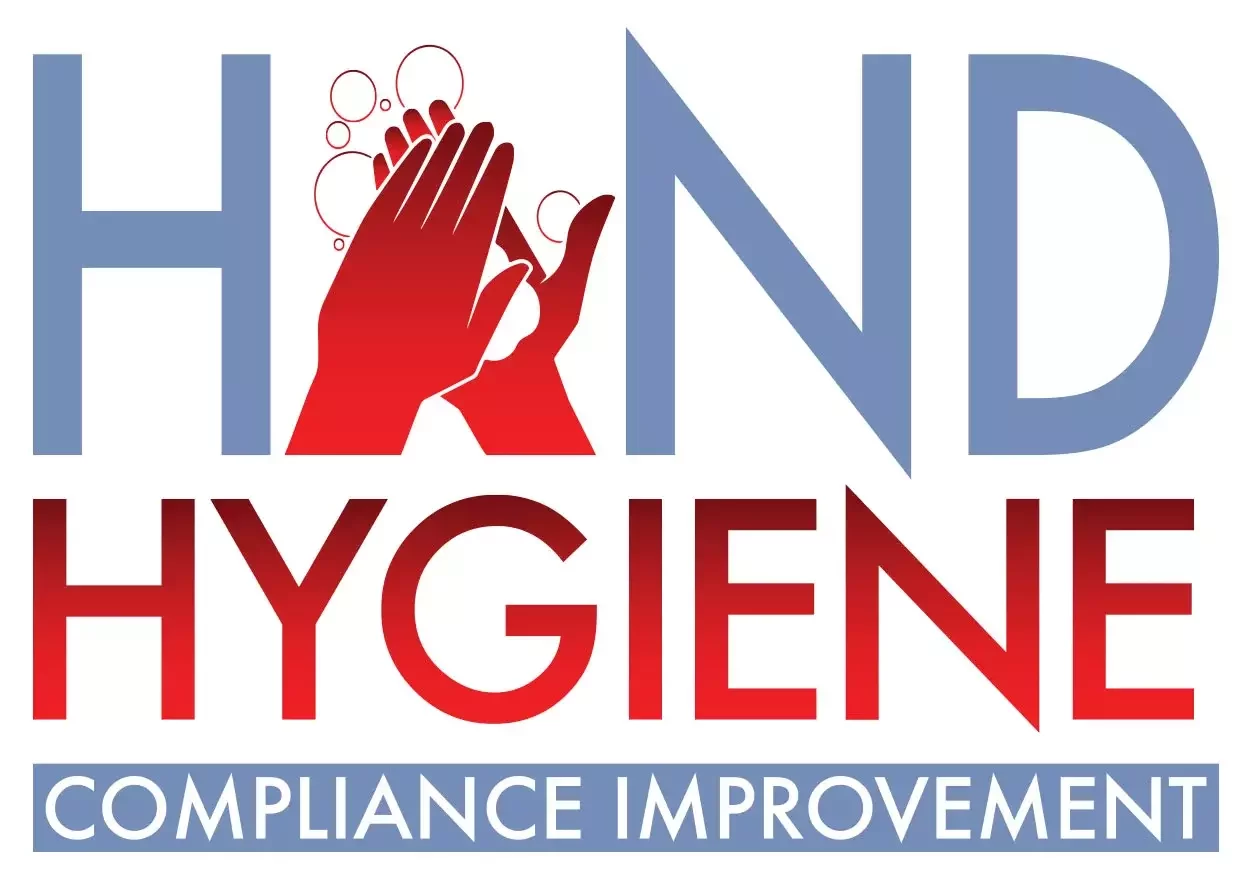
According to the CDC, every year about two million patients get hospital-related infections. An incredible 90,000 of those patients die from the infection. One of the easiest, most obvious standard precautions against hospital-acquired infections is for health care providers and visitors to wash their hands.
Careful hand washing hygiene seems like common sense. Yet the high rates of hospital-acquired infections suggest that hand-washing hygiene remains an area of concern for many health care facilities.
Many factors contribute to the ongoing problem of hand hygiene
1) Convenience, for example, plays a big role. In some instances, health care providers do not have a nearby place to wash their hands after each patient contact. Given the choice of going out of their way and adding non-productive minutes to the duration of each patient contact, providers may elect not to wash their hands between patients.
2) Lack of knowledge about what types of hand hygiene are appropriate in various situations may also play a role. For example, visitors may not know that washing with plain, non-antimicrobial soap may not remove infectious agents from their hands. Visitors and care providers alike may be unaware that they should clean their hands not only after touching the patient, but also after touching objects in the patient care area. Some health care workers may not realize they need to wash their hands after removing gloves.
3) Perhaps the biggest challenge is training both health care providers and visitors about proper hand hygiene technique. Do they know how to rub their hands properly and for how long? How many people use their bare hands to turn off the tap after washing with antimicrobial soap, not realizing they’ve just recontaminated their fingers?
The CDC report cites three approaches to improving hand hygiene compliance: education, motivation, and system change.
3 approaches to hand hygiene compliance
1) While it is surprising that a simple activity like hand washing could require training, evidence clearly shows that health care providers who are trained in proper hand hygiene are more likely to clean their hands when necessary and are more likely to use proper techniques. By providing educational materials for both employees and visitors, hospitals may see “increased and sustained adherence to hand hygiene protocols” (Randle et al). In addition, when employees understand the rationale behind specific protocols, they are more likely to comply. Washing your hands after removing gloves may seem redundant until you realize that gloves may have holes too small to see through which contaminants may pass and that it is really quite easy to contaminate your hands inadvertently while removing gloves.
2) Motivation may take several forms. Workers who understand both the physical risks to themselves and patients, as well as the financial implications of hospital-acquired infections may be more inclined to follow protocols. Routine observation, coupled with a system of supportive feedback may increase compliance, as may reminders, such as checklist posters placed in key locations throughout the facility.
3) Systemic changes might include the promotion of a culture of safety overall in the hospital, installation of convenient hand rub dispensers or sinks, making available skin care products to alleviate irritation caused by frequent hand cleaning, a system of rewards for compliance, and ensuring adequate staffing so that workers do not feel so pressed for time that they are tempted to skip hand hygiene. (CDC Hand Hygiene)
Every institution is different, so each hospital must evaluate what combination of educational, motivational, and systemic change strategies will be most effective. Administrators must also be aware that any process improvement plan must be fluid and responsive to feedback from workers and to actual versus projected results.
We've help many clients greatly improve their HAIs and readmission rates by implementing more proactive tools to their hand hygiene program. Get a hold of us here if you'd like to discuss similar tools for your facility.
For more detailed information about indicators for poor hand hygiene and possible strategies to improve protocol compliance, please see the CDC charts appended below.
Sources
Centers for Disease Control. Guideline for hand hygiene in health-care settings: Recommendations of the Healthcare Infection Control Practices Advisory Committee and the HICPAC/SHEA/APIC/IDSA Hand Hygiene Task Force. Morbidity and Mortality Weekly Report. 25 Oct 2002. Available from cdc.gov.
Randle J, Arthur A, Vaughan N, Wharrad H, Windle R. An observational study of hand hygiene adherence following the introduction of an education intervention. doi:10.1177/1757177414531057
